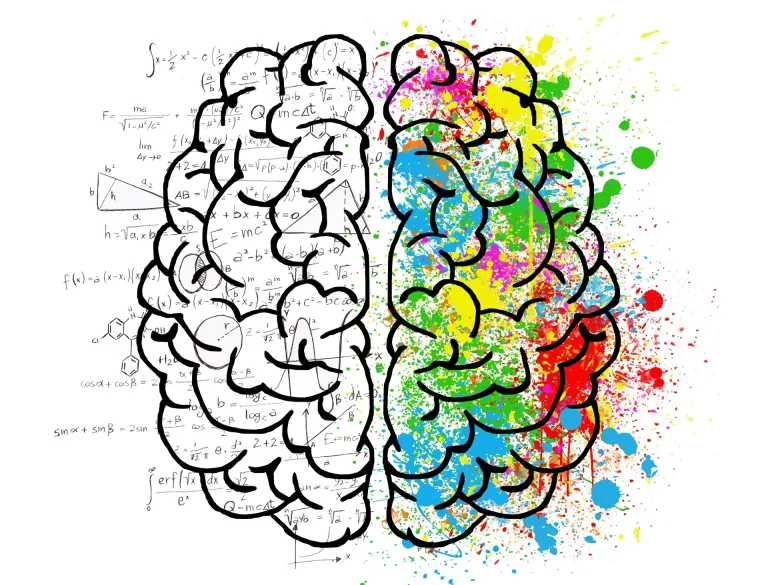
Using Mind Maps in Education
This page may contain affiliate links. If you choose to purchase after clicking a link, I may receive a commission at no extra cost to you.
Mind maps are visual tools that help students and teachers organize, understand and memorize information. They are also useful for brainstorming, outlining, researching and presenting ideas. In this blog post, we will explore the benefits of using mind maps in education, as well as some examples and tips for creating effective mind maps.
Benefits of Using Mind Maps in Education
According to Tony Buzan, the inventor of mind mapping, mind maps can help learners improve their memory, creativity, productivity and critical thinking skills. Some of the benefits of using mind maps in education are:
- They capture complex ideas and topics in a simple and clear way, using keywords, images, colors and branches.
- They reflect the way our brains work, by associating and connecting information in a radial and nonlinear way.
- They enhance long-term retention of information, by stimulating both hemispheres of the brain and activating multiple senses.
- They are a tool for academic research, by helping students cover all details, organize information, find gaps and generate new insights.
- They are a tool for communication and collaboration, by allowing students and teachers to share their thoughts, opinions and feedback in a visual way.
Examples of Using Mind Maps in Education
Mind maps can be used for various purposes and subjects in education. Here are some examples of how mind maps can be used by teachers and students:
- For teachers: Mind maps can help teachers plan their lessons, design their curriculum, prepare their lectures, assess their students’ learning outcomes and give feedback.
- For students: Mind maps can help students take notes, study for exams, write essays, read texts, learn languages, solve problems and present their projects.
Tips for Creating Effective Mind Maps in Education
To create effective mind maps in education, here are some tips to follow:
- Start with a central idea or topic that represents the main theme or question you want to explore.
- Use branches to radiate out from the central idea and add subtopics or categories that relate to it.
- Use keywords or phrases to label your branches and sub-branches. Avoid using long sentences or paragraphs.
- Use images, icons, symbols or colors to illustrate your ideas and make them more memorable.
- Use different fonts, sizes or styles to emphasize important points or show hierarchy.
- Use cross-links or arrows to show relationships or connections between different branches or sub-branches.
- Use software tools like EdrawMind to create mind maps online or offline. You can choose from various templates, themes and features to customize your mind maps.
Using mind maps in education can help you learn better, think better and communicate better. Try it out for yourself and see the difference!








Leave a Comment